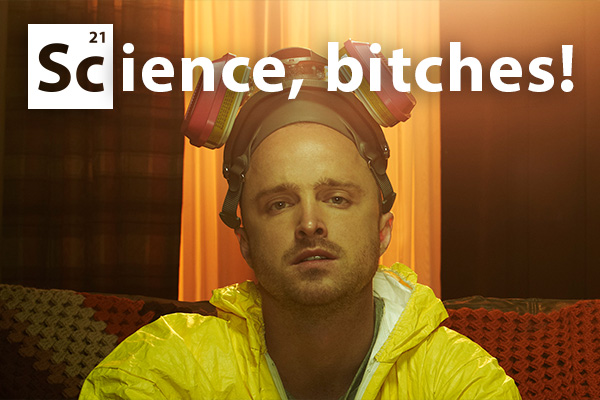Science, Bitches | Issue 22
Plastic Animals
A no less incredible transformation is seen in the humble honeybee. Worker bees are small, sterile females, whose role in life is to collect pollen and feed the thousands of larvae produced by their queen bee. Once again, though, if the queen dies, another will rise to take her place – an adult worker will develop ovaries and start popping out babies within a few days. If you think that doesn’t sound too bad, just remember puberty; now imagine that all happening in a week. But when humans go through puberty, it happens at a certain stage in our life – after 13 years, give or take. And what bits we get depends on whether we’ve got a Y chromosome or not. But for the clownfish and the honeybee, this change is a response not to a length of time and a bit of DNA, but an environmental change – and most male clownfish and worker bees will never become fertile females, no matter how long they wait.
This metamorphosis in response to a change in the environment is known as developmental plasticity – in other words, being a bit flexible about your adult body shape. What’s fascinating is that there’s no change in the DNA sequence when these transformations happen. Worker bees and queen bees all have the same basic genetic code – so how can they switch? Like we said last week, queen bees produce a chemical pheromone that tells all the other females who is boss, and stops any of the workers from developing ovaries. If the queen dies, there’s no more pheromone in the air, so it’s a free-for-all – the worker that gets her ovaries going first, wins. She’ll start producing the “queen pheromone” that will stop all the other workers making the switch too.
So what does this pheromone actually do? Well, it seems to trigger changes in the epigenetics of the worker bees. I said before that the DNA sequence doesn’t change at all, which is true, but DNA is covered in markers. Every cell type has a different pattern of these markers, which turn bits of DNA, or genes, on and off. These patterns of markers are known as epigenetics. This means we can have different types of cells in our body – a liver cell will have a different set of markers to a skin cell, or a brain cell; you don’t want to turn on liver enzymes in your brain! And just like epigenetics can take one set of DNA and give you a whole person with thousands of different cell types, it can also take one set of DNA and give you a queen bee or a worker bee. Or any type of clownfish you want. That’s science, bitches!



